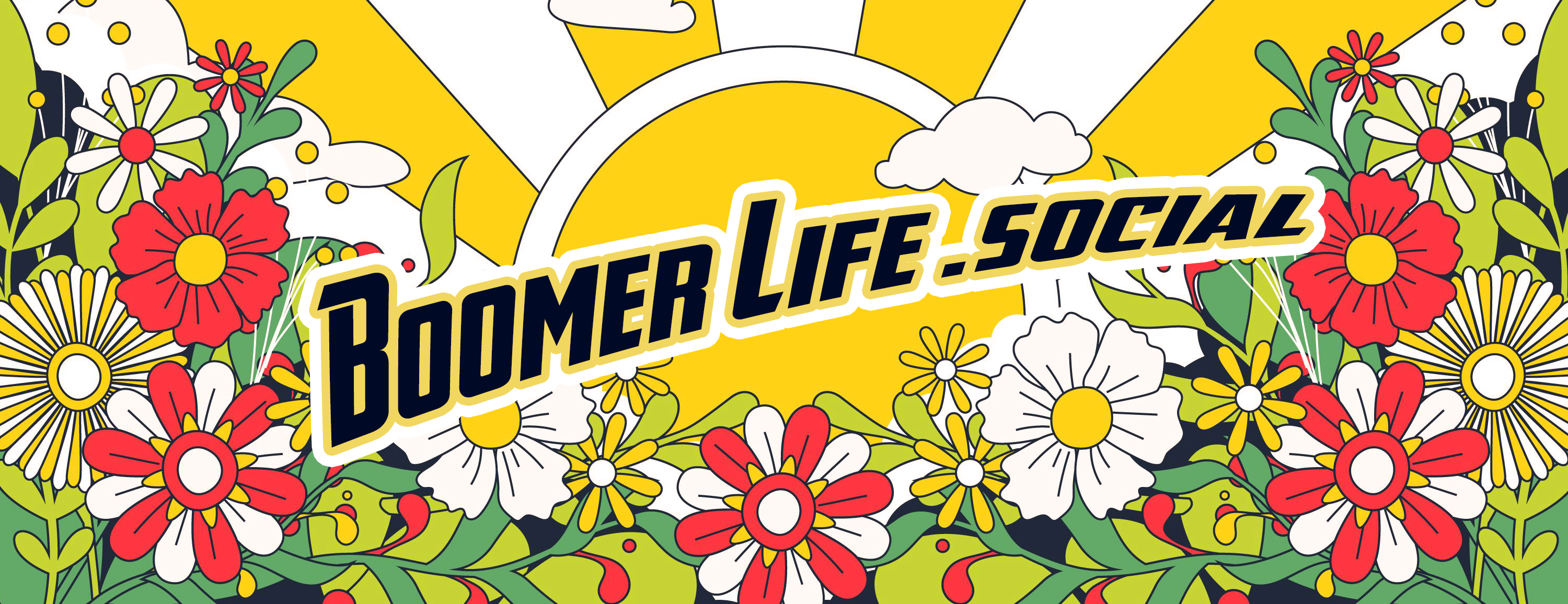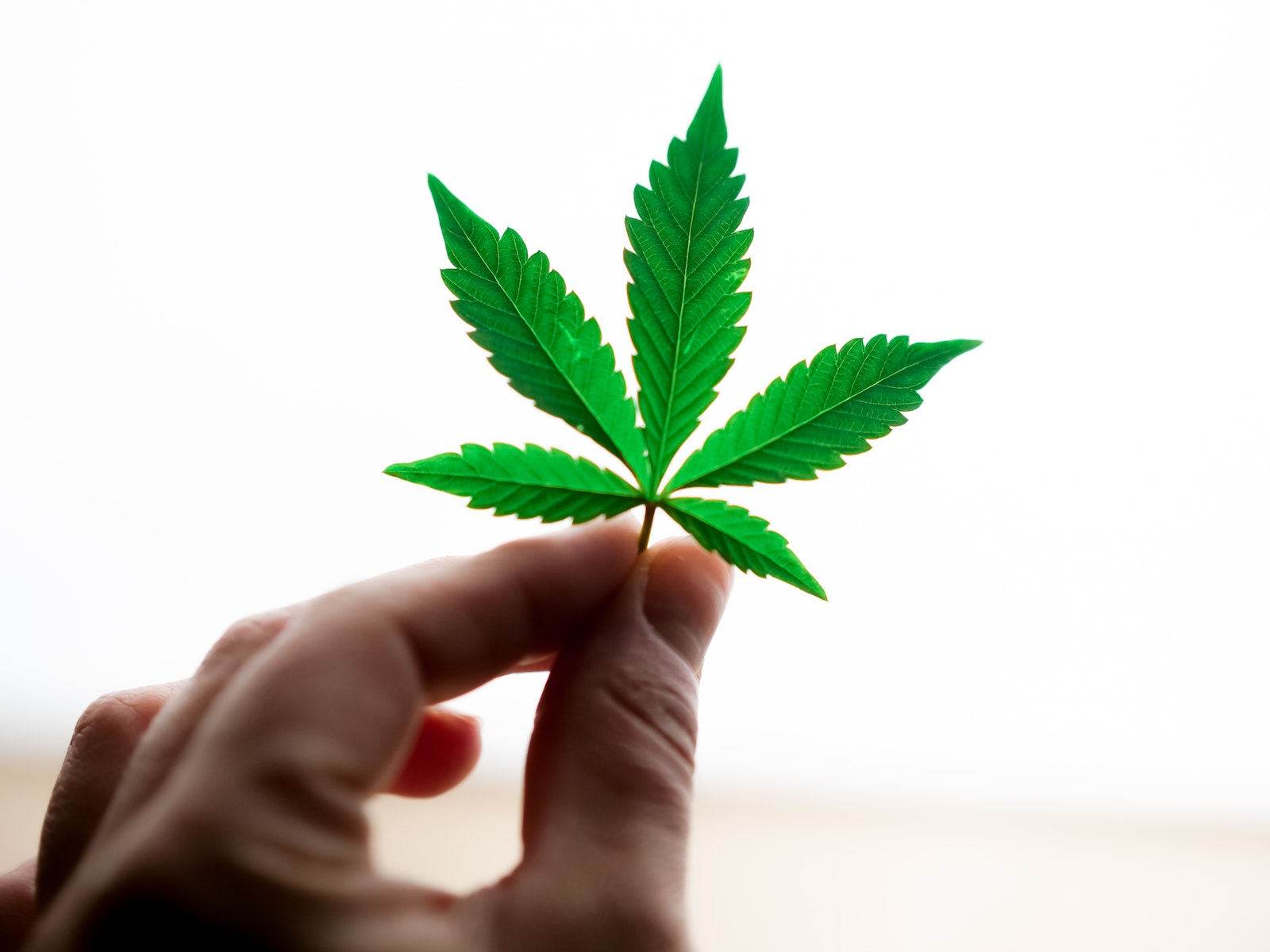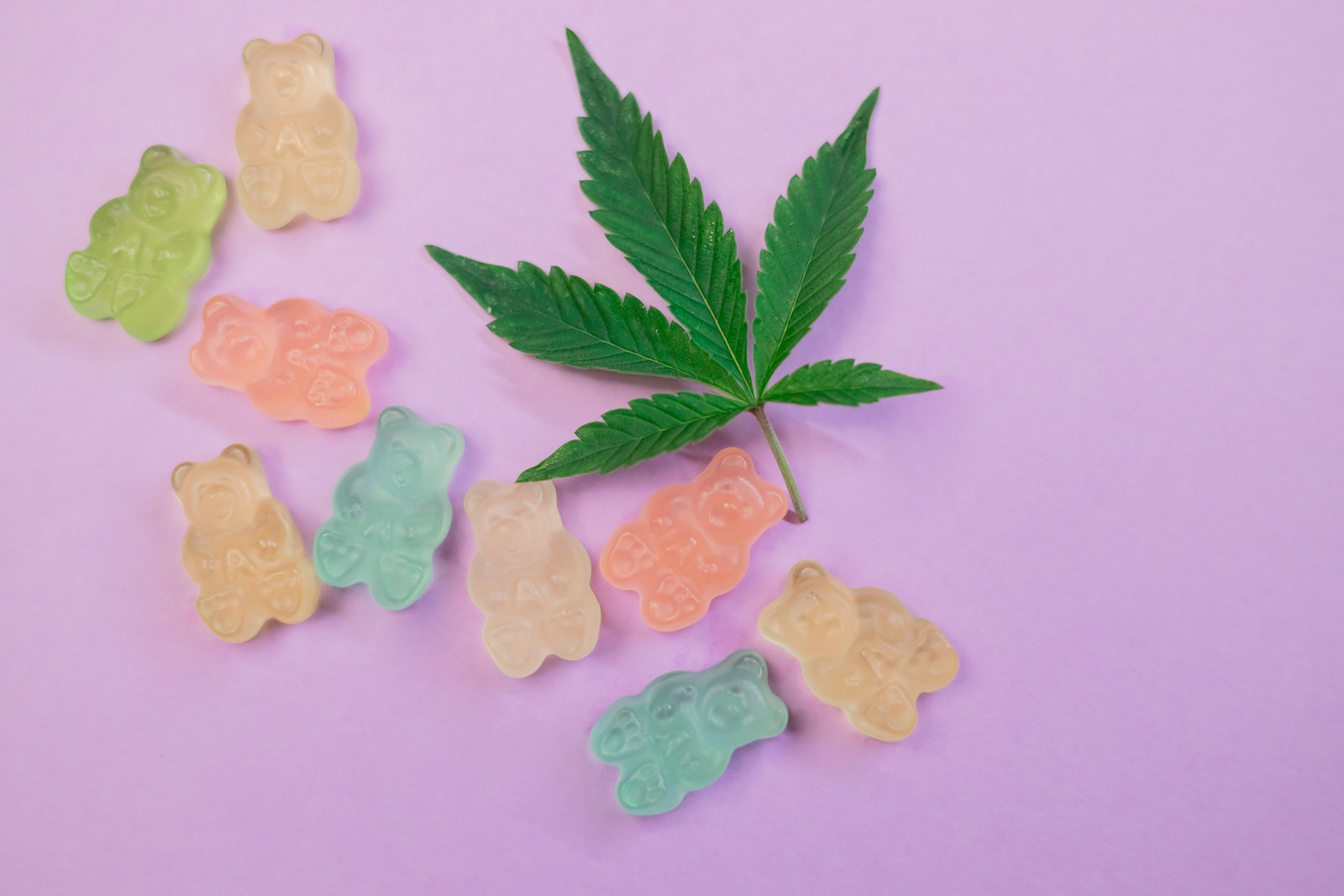Share this article with your network of friends!
For seniors who experienced the 1960s, the era was defined by a significant shift in societal attitudes towards cannabis use. From its association with counterculture movements to its gradual acceptance and eventual legalization in many places, the journey of cannabis has been a remarkable one. In this article, we delve into the rise of cannabis use in the 1960s, its transformation over the decades, and the current landscape of cannabis legalization in modern times.
The 1960s: Cannabis and Counterculture
The 1960s was a transformative decade, marked by social and political upheaval. It was during this time that cannabis began to gain prominence as a symbol of counterculture movements, particularly among the youth. As opposition to the Vietnam War and calls for civil rights intensified, cannabis use became associated with rebellion and a desire to challenge established norms.
The popularization of cannabis was fueled by its portrayal in art, music, and literature. Influential figures, such as Bob Dylan, The Beatles, and Jack Kerouac, referenced cannabis in their works, further contributing to its growing acceptance within certain segments of society.
The Changing Landscape: Medical Use and Decriminalization
In the following decades, the perception of cannabis began to evolve. The medical community explored its potential therapeutic benefits, leading to the identification of cannabinoids like THC and CBD. The recognition of cannabis as a potential treatment for various conditions, such as chronic pain and epilepsy, sparked interest in its medical applications.
During the 1970s and 1980s, some states in the United States decriminalized cannabis possession, reducing penalties for small amounts. This shift signaled a gradual acknowledgment that the harsh criminalization of cannabis users was not a sustainable approach.
The Rise of Legalization: A Global Trend
In recent years, the momentum towards cannabis legalization has accelerated. Several countries and states have taken steps to legalize cannabis for medicinal or recreational use, reflecting changing public attitudes and a growing body of research on its potential benefits and risks.
Canada, Uruguay, and several U.S. states were among the pioneers in legalizing recreational cannabis use. Other countries have also embraced its medicinal use, allowing patients to access cannabis-based products for therapeutic purposes.
Regulation and Social Acceptance
The legalization of cannabis has brought about increased regulation, aimed at ensuring public safety and controlling production and distribution. Licensed dispensaries, strict quality controls, and age restrictions are common features of legal cannabis markets.
Furthermore, the stigmatization surrounding cannabis use has lessened over the years, with many people viewing it as a personal choice and an alternative to more harmful substances. Social acceptance of cannabis has grown as more individuals recognize its potential to promote relaxation, alleviate certain medical conditions, and enhance quality of life for some users.
Conclusion
The journey of cannabis from counterculture symbol to modern-day legalization is a testament to changing attitudes and evolving societal norms. What was once associated with rebellion and taboo has become increasingly recognized for its potential medical benefits and economic opportunities.
As we look back on the evolution of cannabis use, it is clear that the shifting perspectives of society have played a pivotal role in its changing status. Today, cannabis legalization continues to be a complex and evolving topic, with ongoing discussions about regulation, access, and potential implications.
As seniors who lived through the transformative times of the 1960s, you have witnessed the fascinating journey of cannabis from the fringes of society to its present-day acceptance and legalization in various parts of the world. Your unique perspective sheds light on the broader historical context and the ongoing social and legal changes surrounding this once-controversial plant.
DISCLAIMER: This website contains articles for informational and entertainment purposes only. No articles on this website should be considered as professional advice for any medical, legal, or financial matter. Advertisements and content may contain affiliate links, where the website earns a commission for sales derived from our users.





